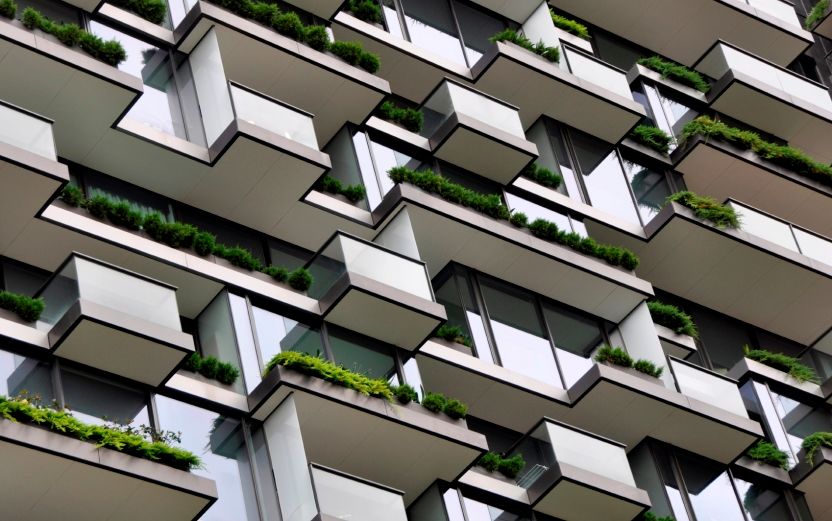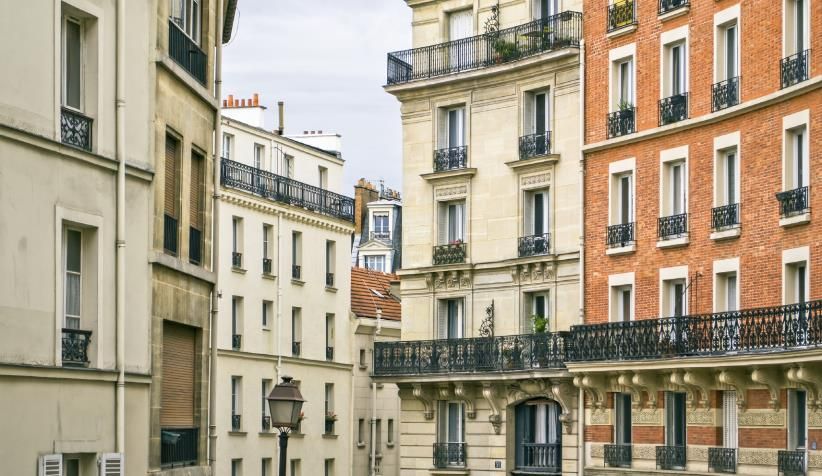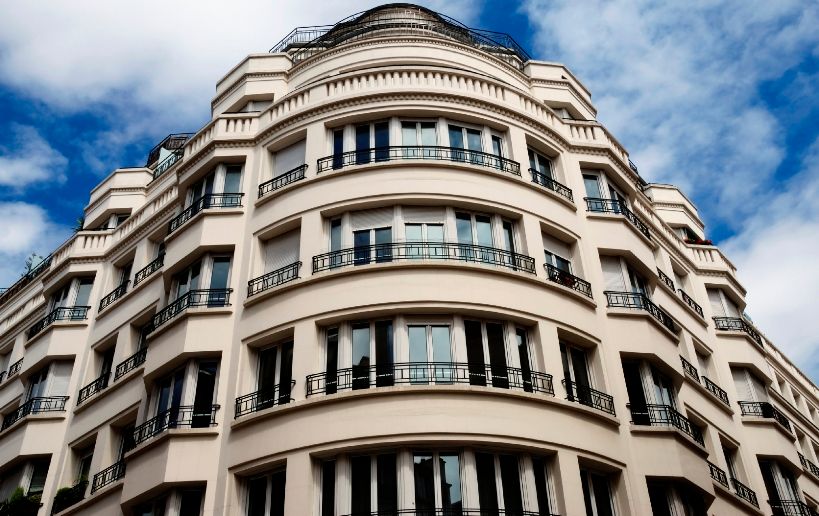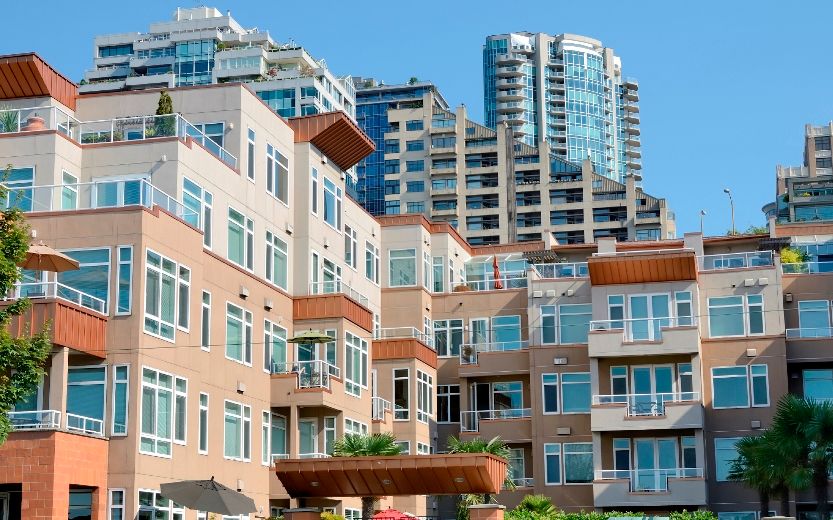22 February 2016
A city of radiator heaters
Why changing the face of the houses is the first thing to do
Why changing the face of the houses is the first thing to do
Norbert Lantschner is President of ClimAbita Foundation and creator of the energy certification method CasaClima. He made a very thoughtful comparison: when somebody goes skiing, he doesn’t only wear an undershirt, otherwise his body energy would escape causing hypothermia and would put his life in serious danger: that’s why sweaters and windbreakers are usually worn to keep as much energy and heat inside as possible. This also applies to houses.
This is how “EIFS” (Exterior insulation and finishing system) works. It works just like a wind jacket for skiers: it changes the cladding quality - in this case: the walls and windows - to make sure that the energy is kept inside the house. Savings are as high as 70% to 90% of the total cost of energy.
The housing issue is critical for global warming. In Europe in particular, much of the energy we use is absorbed by domestic heating. According to European Union data, it eats up over 40% of all the energy we consume.
The idea of modifying building cladding systems comes from Sweden, domestic-heating has become a priority due to the low temperatures. Second comes Germany, where the industrial boom has created serious pollution problems. Forefront countries such as Germany, Austria and the Netherlands have set the goal of proceed to the beat shipped, retrain one accommodation per minute.
In Italy, the Po Valley is one of the most industrialized, urbanized and infrastructural areas. Unfortunately, today it is has also become one of the most polluted and saturated areas affected by fine dust (PM10, PM2.5), nitrogen dioxide, sulfur dioxide, carbon monoxide, benzopyrene: all substances the IARC (International Agency for Research on Cancer) has included on the “black list” of factors that cause cancer (3% of all cancers, 5% of all lung cancers).
The main pollutant causes are mobility, the production cycle of the many factories of the area and, of course, the housing heritage. Italy still has a total of six-seven million buildings that can be compared to giant radiators, as they consume an enormous amount of energy. They also give away heat, polluting the outside environment.
The origin of the domestic heating issue goes back to the construction boom that lasted from the 60s to the 90s: an era when energy was cheap, Italians built a lot and in a very poor way - in terms of energy .
The solution, according to Norbert Lantschner and other sustainability experts, it’s equally clear: completely redevelop the houses and buildings heritage. The question is not about building new houses at zero consumption, but to work on the buildings that already exist. In practice, put an insulation panel on the building surface, thus providing it with a "second skin" thick ten to fifteen centimeters.
It would open up tens of thousands of sites without constructing new buildings. And that would mean creating a useful work for at least a couple of generations in a sector - construction - which is always a big driving force for the economy.
The skills are there: technology, materials, components and know-how. What is missing, however, is time. According to Norbert Lantschner, we are soon to see spikes in energy prices that will put huge pressure on the budget for heating and cooling of buildings.
We could be looking at an age of energy decrease. In other words: energy will still be available but for a higher cost. For this, we need to act quickly, putting all the resources and skills we already possess into action.
Taking effective action against global warming is the crucial next step we have to take: let’s turn off the radiators and cover our houses with new skin!








